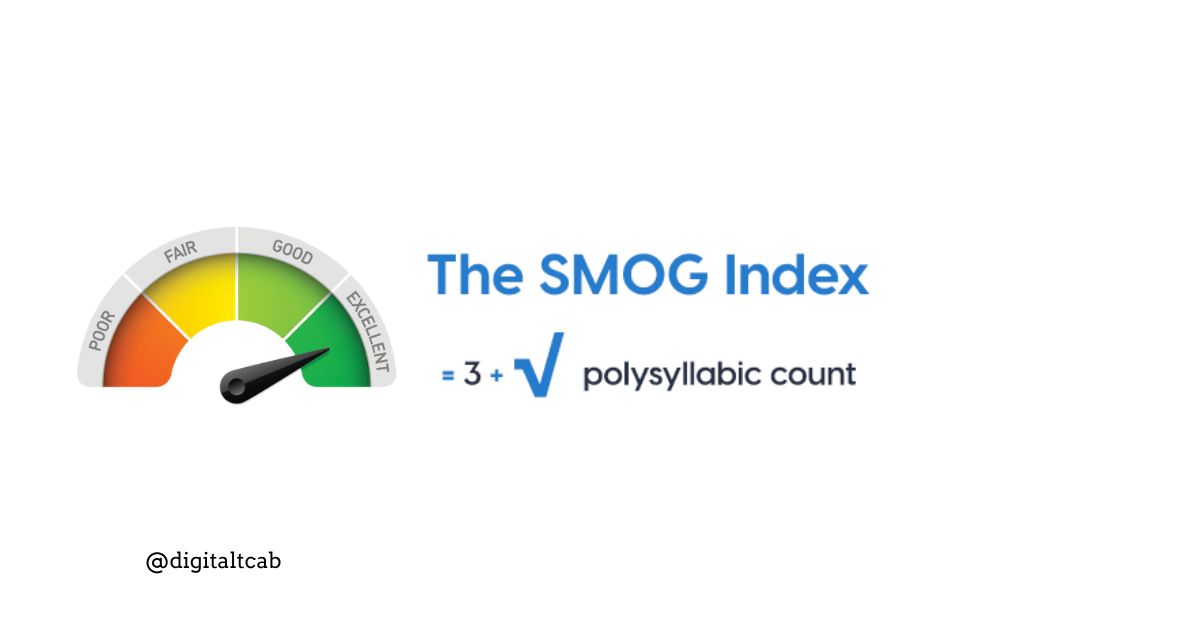What Is the Flesch Kincaid Grade Level? I first encountered this metric while refining a white paper. I needed a quick and reliable way to determine if my writing matched my audience’s reading level. That simple discovery saved my sanity — and instantly made my prose clearer.
Here’s what you’ll learn:
- How the grade score maps to U.S. school levels
- The two factors that drive the formula
- A live example from one of my drafts
- DIY tools and tricks to lower your reading level
- Common myths busted
I keep most sentences short. I pattern paragraphs by idea. No fluff, just practical steps and tips. Ready? Let’s dive in.
What Is the Flesch Kincaid Grade Level?
The Flesch Kincaid Grade Level is a readability score that shows how easy or hard a text is to read. It calculates the score using average sentence length and the number of syllables per word to predict the corresponding U.S. grade level a reader would need to understand the content. For example, a score of 8 means an average eighth-grader should easily read it, while a score of 12 suggests high-school senior level. Most web content performs best between grade levels 7–9, making it clear, engaging, and accessible for a broad audience.
What the Grade Number Means
When you see a grade level of 8, that means an eighth-grader should grasp your text—a score of 12 signals high-school senior complexity. I once trimmed an 11th-grade blog down to an 8th-grade level and watched my bounce rate drop. It was like magic.
Here’s a quick map:
| 0–3 | Early elementary |
| 4–6 | Upper elementary |
| 7–9 | Middle school |
| 10–12 | High school |
| 13+ | College and beyond |
The Two Ingredients: Sentences and Syllables
The formula boils down to average sentence length and average syllables per Word. That’s it—nothing mystical lurking beneath.
- Sentence length
- I count words per sentence. Shorter sentences read faster.
- Word complexity
- I tally syllables. Multi-syllable words bump your score up.
If you ever wonder how these tests work in Word, check out my step-by-step guide on how to test readability in Word.
Breaking Down the Formula (In Plain English)
The official formula looks like this:
Grade = 0.39 × (words ÷ sentences)
+ 11.8 × (syllables ÷ words) – 15.59
But here’s my quick take:
- Longer sentences add to your grade.
- Harder words (with more syllables) add more.
I ran this on a 100-word sample from my blog. With five sentences and 120 syllables, it scored at a 9th-grade level. That matched my intended audience perfectly.
A Real Example from My Draft
Here’s a snippet before editing:
“In today’s fast-paced digital landscape, writers often struggle to produce content that resonates with readers across grade levels.”
That single sentence crushed my score. It had 16 words and eight syllables in “fast-paced” alone. After some trimming, it became:
“Writers sometimes miss the mark when articles feel too tough.”
Fewer words. Fewer syllables. The score dropped two points. Easy win.
My Go-To Tools for Readability
I use these on every draft:
- Readable.com: Offers a quick grade score and highlights problem areas.
- Digital test on my blog: My built-in readability tool shows live feedback.
- Microsoft Word and Google Docs: Their “show readability statistics” feature gives both Flesch scores—link to my deep dive on Flesch–Kincaid Reading Ease.
Quick Edits to Lower Your Score
- Shorten sentences
- Before: “The implementation of a rigorous testing protocol can significantly improve user engagement metrics.”
- After: “Rigorous testing boosts engagement.”
- Swap long words
- “Implementation” → “rollout”
- “Significant” → “big”
- Break-up clauses
- Use simple periods instead of semicolons or commas that splice ideas together.
In my SaaS copy, these tweaks saved me from alienating my readers—and even got more demo sign-ups.
Busting Common Myths
Myth 1: Lower grade means dumbed-down.
I see it differently. Clarity doesn’t equal childish. Clear prose respects the reader’s time.
Myth 2: It only fits school essays.
False. I apply the metric to marketing emails, product pages, and executive summaries. You can, too.
When to Check Your Text
I run the test at three points:
- First draft: Get a rough grade baseline.
- After edits: Confirm cuts and swaps worked.
- Pre-publish: A final sanity check before hitting send.
Consistency keeps your brand voice steady. Readers won’t notice the grade score—they’ll find your writing easy to follow.
FAQ
What score is ideal for web copy?
Aim for grades 7–9. That range suits most adult readers.
How can I check the grade level offline?
Word and Docs both include statistics. Enable “show readability” under proofing options. Find more in my “How to Test Readability in Word” tutorial.
Can I trick the formula?
You could pad with short, simple words. But you’d end up with robotic prose. Real improvement beats gimmicks.
Does it work for other languages?
This version is tuned for English. Other languages need adjusted formulas.
How often should I test?
Every draft. Habit beats perfection.
Final Thought
I rely on this score in my daily work. It’s simple, fast, and it helps me connect with readers—without any guesswork. Give it a spin on your next blog post, and let me know if it brings you the same clarity boost I enjoy.




Leave a Reply